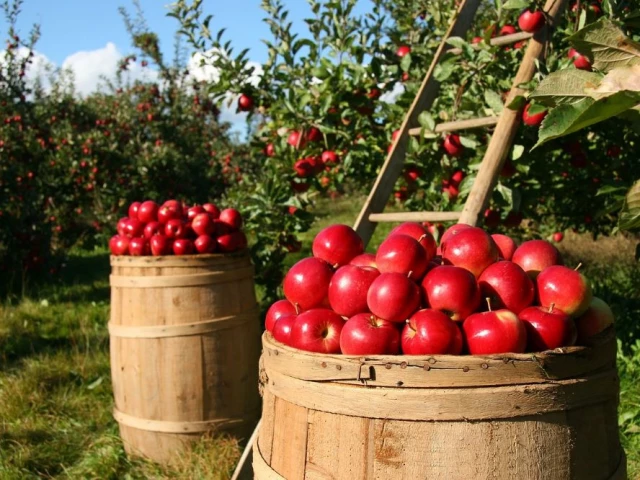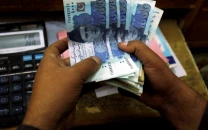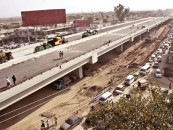Lack of storage facilities causes post-harvest losses
The area of vegetable cultivation has increased by 15 to 64 per cent while their prices have reduced by 52 per cent

A high agricultural yield in a land-based economy would naturally be seen as a positive development. However, in the absence of modern storage, processing, and packaging facilities, surplus production leads to two unfortunate outcomes: either farmers are forced to sell their produce at extremely low prices, or the excess vegetables go to waste.
After suffering losses in wheat cultivation last year, a large number of farmers in Punjab turned to seasonal vegetables, including peas, potatoes, cabbage, onions, tomatoes, garlic, carrots, and radishes. As a result of large-scale production, reduced local demand, and low exports, market prices for vegetables dropped to their lowest levels in five years, causing significant financial losses for farmers.
Ali Hamza, a farmer from Bhasin, faced heavy losses when he cultivated wheat on 10 acres of land last year. This year, he grew seasonal vegetables such as peas, turnips, carrots, radishes, and greens on five acres instead. However, due to falling market prices, he suffered losses once again. “I suffered a loss of Rs300,000 in the cabbage and carrot crops alone. Instead of selling the cabbage in the market, I fed it to my cattle as fodder,” said Hamza.
Similarly, Mian Afzal, a middleman in the vegetable market, shared that the situation also impacted middlemen who had provided advance payments to farmers for planting vegetables. “Farmers usually repay the loan after the crop is harvested. Now, they’re not even earning enough to cover the cost of harvesting and transporting the crop to market. How will they repay the middlemen?” questioned Afzal.
According to Dr. Anjum Ali Buttar, former Director General of the Punjab Agriculture Department (Extension), vegetable cultivation began earlier than usual this season, and favorable weather conditions led to increased production. “Moreover, this year, vegetables—especially potatoes and cabbage—could not be exported from Punjab to Afghanistan, which increased local supply and drove down prices,” explained Dr. Buttar.
Aamir Latif, a senior scientist at the Ayub Agriculture Research Institute in Faisalabad, a government body focused on vegetable research, agreed that increased supply had driven prices down. “Last year, farmers did not receive fair prices for wheat, so this year they turned to alternative crops, with vegetables at the top of the list,” said Latif.
Data from the Punjab Agriculture Department shows that this year, wheat was cultivated on 1.191 million fewer acres. There was also a decrease in the cultivation of gram and green fodder during the Rabi season. In contrast, vegetable cultivation saw significant growth, with the area under peas increasing by 1.18 million acres (64 percent) and potatoes by 1.18 million acres (15 percent). Similarly, onion cultivation rose by 10,800 acres (15 percent).
Progressive farmer Aamir Hayat Bhandara pointed out that, because vegetables are perishable, their shelf life could be extended with modern processing, storage, and cold chain facilities. “This would eliminate the need to rush produce to the market. Dehydrated vegetables are common worldwide as they remain fresh longer, but unfortunately, they are not popular among local consumers,” said Bhandara.




















COMMENTS
Comments are moderated and generally will be posted if they are on-topic and not abusive.
For more information, please see our Comments FAQ